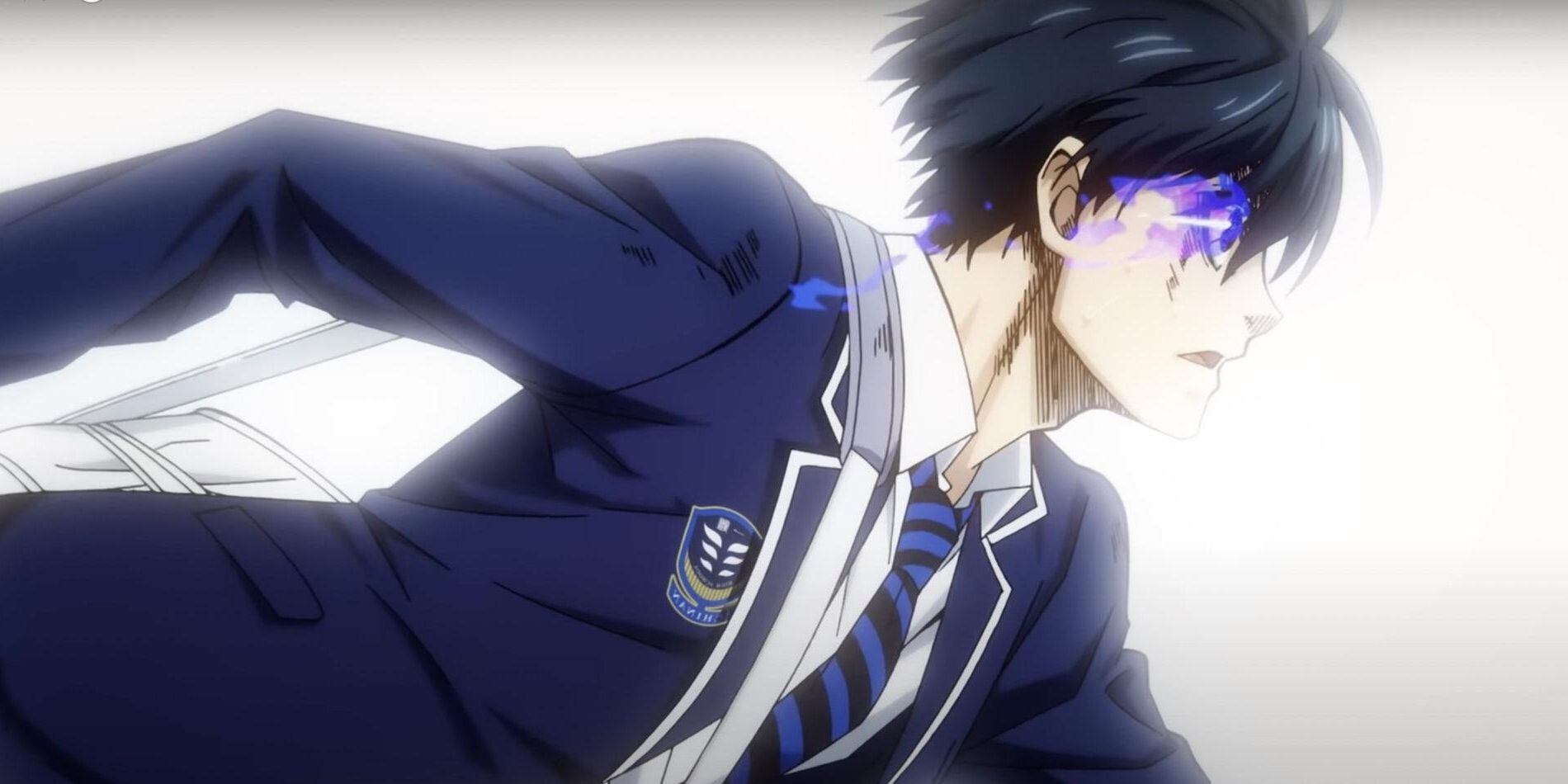Some people think of Japan as the land of anime, but it's less often that Japan leans into that rather narrow definition by paralleling anime with a real life event. In their bid for the World Cup, Japan's team put the anime Blue Lock into the foreground, and seemed to heavily take inspiration from the form. It was a unique example of synergy between the tv show and the team.
Picture this: a nation that has a strong but not striking soccer team decides that they really want the prestige and influence of a World Cup win. But their team, while strong on defense, midfield, and teamwork, just doesn't have it when it comes to the relentless momentum of a superb forward. Maybe it's a matter of training. Maybe it's a matter of culture. Maybe it's a matter of psychology and the necessary ego to win. What to do? Well, if you're Japan, you recognize the importance of myth, and hitch your star to Blue Lock, an anime...about a country that desperately wants to win the World Cup and begins to train a series of "strikers" (forwards) to go against their cultural grain and acquire the ego necessary to win.
Draping the Team in the Armor of Anime
Coincidence? No. Conspiracy? Doubtful. But definitely deliberate. Adidas Japan consulted with Nomura Yosuke, the illustrator of Blue Lock on the very design of the team uniforms, a striking white and blue that will look very familiar to fans of the anime, echoing what the players wear on the series. Although Blue Lock has been a manga since 2018, the anime itself was released in October, just long enough ahead to build up momentum before the World Cup and to benefit in audience from the association.
Both organizations seemed to be counting on each other's success. Sports are talismanic. It means something to wear a Blue Lock -like uniform, and given that they'd have to have been put into manufacture a significant time before the series release, it was an interesting bet. Yosuke tweeted illustrations of the action after every game. Anime fans were watching the game; soccer fans were viewing the anime. The synergy is deliberate and deep.
But what, exactly, is Blue Lock? Why would it be important? Blue Lock is, of course, about soccer, specifically the position of "striker" or forward...the guy who kicks the ball into the net most often. It posits that while Japan's team has excellent teamwork and athleticism, the reason they have yet to secure a win is in part cultural. According to the series, the cultural emphasis on doing as told for the benefit of the team runs counter to the individualized moment-to-moment decisions which constantly have to be made in a game and that a forward has to be willing to put himself 'forward' with a level of ego that it claims most Japanese lack or devalue.
Of course, it does this in a most anime way, by having a mad genius character, Jinpachi Ego, in his best Steve Jobs impression, trap a bunch of soccer strikers in the Blue Lock facility to rebuild them from the ground up in a round-robin competition to find the best striker in Japan and create a group with the ego to win. There has been a lot of discussion as to whether or not this is actually true in soccer: does ego and individualism beat teamwork when it comes to play? The jury is still out (and mostly negative), but the Japan team has certainly chosen to take at least some inspiration from the series.
Main Character Energy
This can be seen in the character...player,Takuma Asano. In very traditional fashion as the senior team member, well-respected player Miura Kazuyoshi, or "King Kazu," was spokesman for the team in several FIFA preview clips. FIFA is the International Federation of Association Football...soccer is called football by most of the world, but not in American English for obvious reasons. However, it was Asano who gripped the world's attention in the pivotal game against Germany.
Asano is described by FIFA itself as being an "unlikely" pick for the Japanese team, due to his previous lackluster and sporadic performance, and the fact that he didn't get along with his team in Serbia, ending his contract there early. Failures in teamwork? Fits of genius? Plus he dyes his hair blonde, something that is still seen as rebellious in Japan, forbidden in most high schools and frowned upon in the workplace. Not a regular pick for Japan, but definitely something that Blue Lock would be interested in. Because Asano was the one who scored the pivotal goal in the first breathtaking win against Germany. Asano was the player who according to traditional thinking wouldn't even have a spot on the team, but who turned defeat into victory. It was a unique choice by the coaches, in a way that felt very new, and very anime.
As it was, Japan seemed to be narrating its World Cup run in classic anime style. First there was the stunning upset that proved the team's skills and that they have a legitimate shot at winning it all. Japan's defeat of the powerhouse team Germany was unprecedented, and it was here that Asano made his first outstanding goal late in the game. Next, the humbling defeat which caused distress, re-evaluation, and soul-searching.
Did they really have a shot? Japan was defeated by Costa Rica, a fairly minor team that Germany would go on to beat later. Their play seemed scattered and ineffective. Was the initial win a fluke? Then there was the nail-biting third game where Spain seemed to crush the Japanese team in the first half. Then, suddenly Japan scored two goals to victory! Adding to the whole drama, one of the pivotal scores remains highly contested, with many saying that it shouldn't have counted as the ball was already out. If this actually were an anime, there couldn't be better development of plot tension.
The End... Or Is It?
But then came the game against Croatia on December 5th. Blue Lock's episode 9, "Awakening," released just the day before, stopped at a nail-biting tied score of 3-3 with more time left to play. Although once again seeming to race lock-step with Blue Lock towards that World Cup goal, unfortunately for the Japanese team, their tied score with Croatia remained tied during overtime, and they had to fight it off in a dramatic penalty shoot-out. A penalty shootout means that 5 players from each team are standing in front of the goal kicking the ball in and trying to score against the goalie. Literally this is where strong strikers should shine, and certainly, the last two episodes of Blue Lock were all about breaking past perceived limits and reaching scoring goals. But life id not imitate art. Instead, Croatia won.
Although this isn't the first time that Japan has made it this far in the World Cup, it was a particularly dramatic run that fans were crushed to see come to an end. Given how closely and deliberately the team seemed to take inspiration from Blue Lock, will it affect how they approach the Cup next time around? Despite the practical insanity of actually enacting a Blue Lock-style training program, it remains to be seen if a focus on forwards is the way to go. Currently, and once again, the World Cup remains out-of-reach for Japan...but not in the world of anime. In at least some consolation, the game is still alive in the world of Blue Lock, where the ball will be in play for the foreseeable future.
Source: FIFA

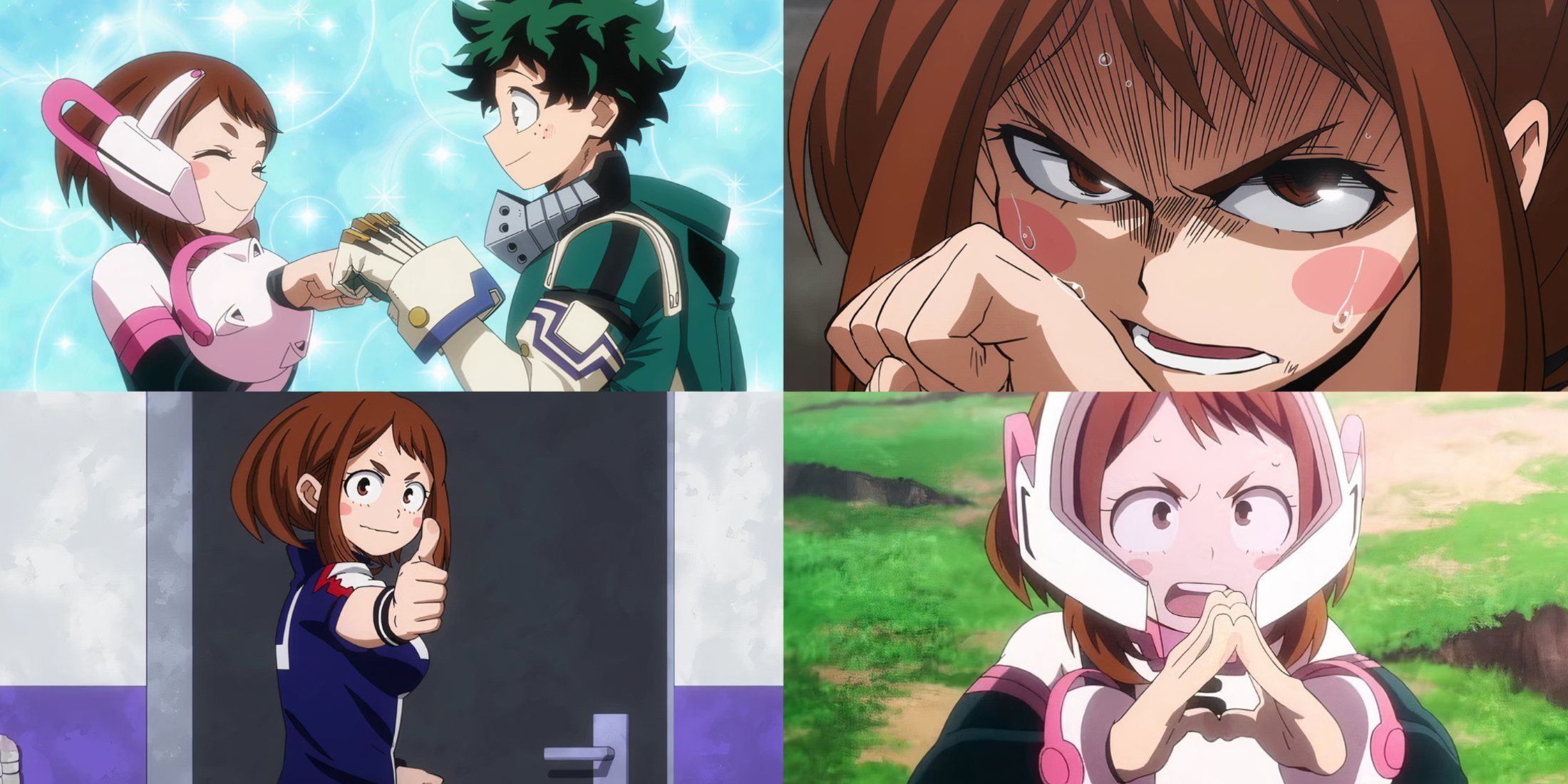
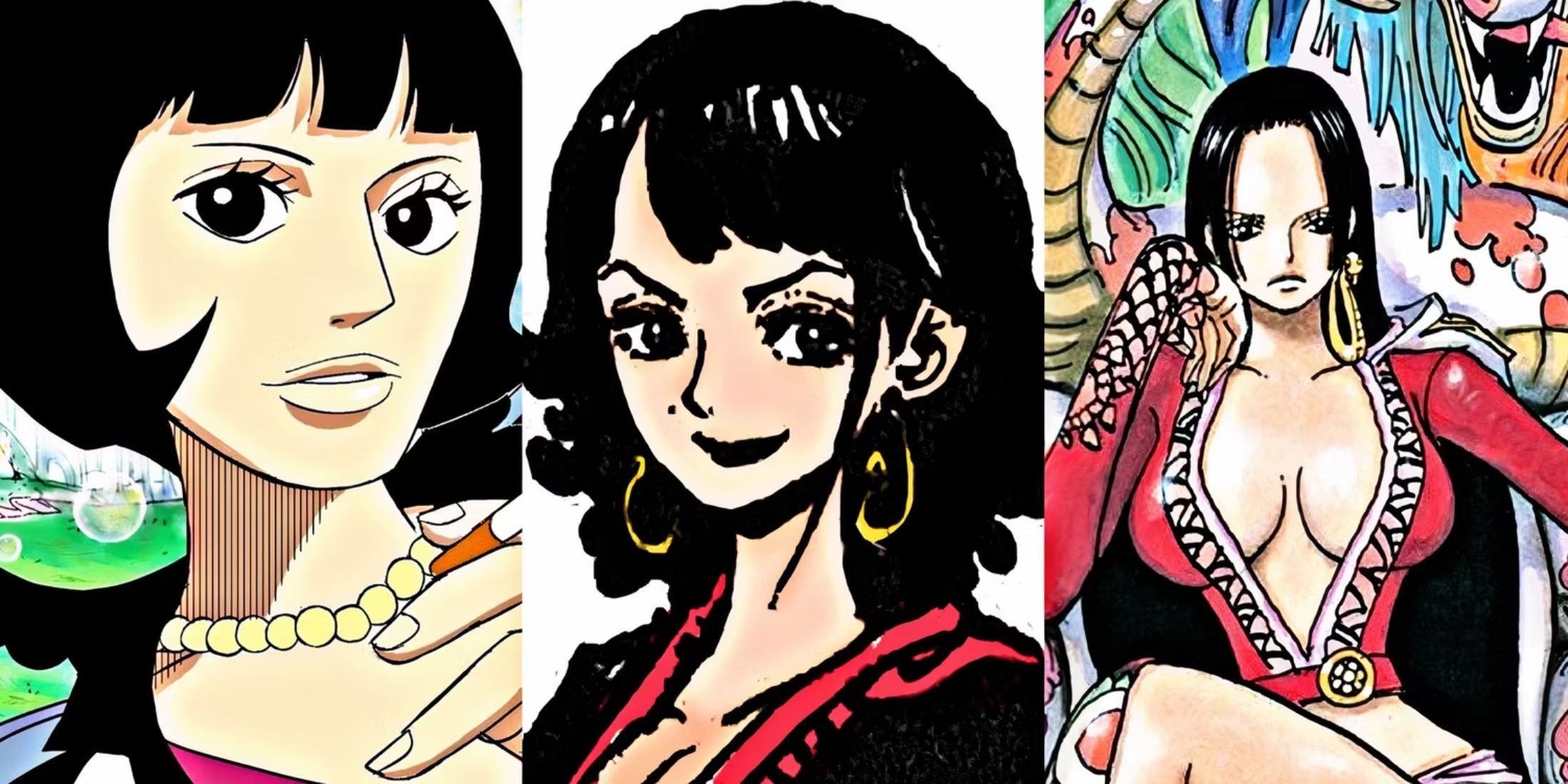
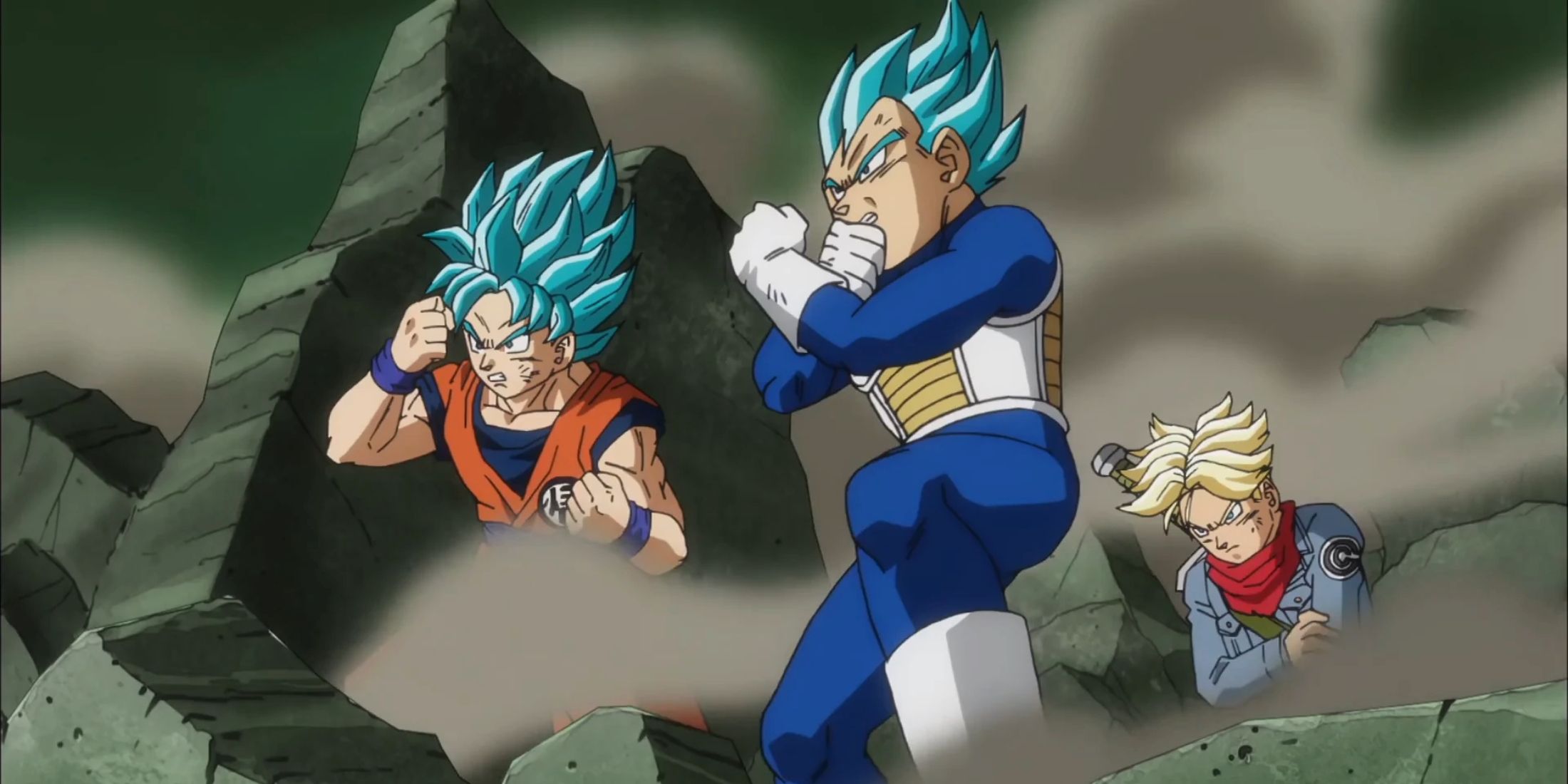
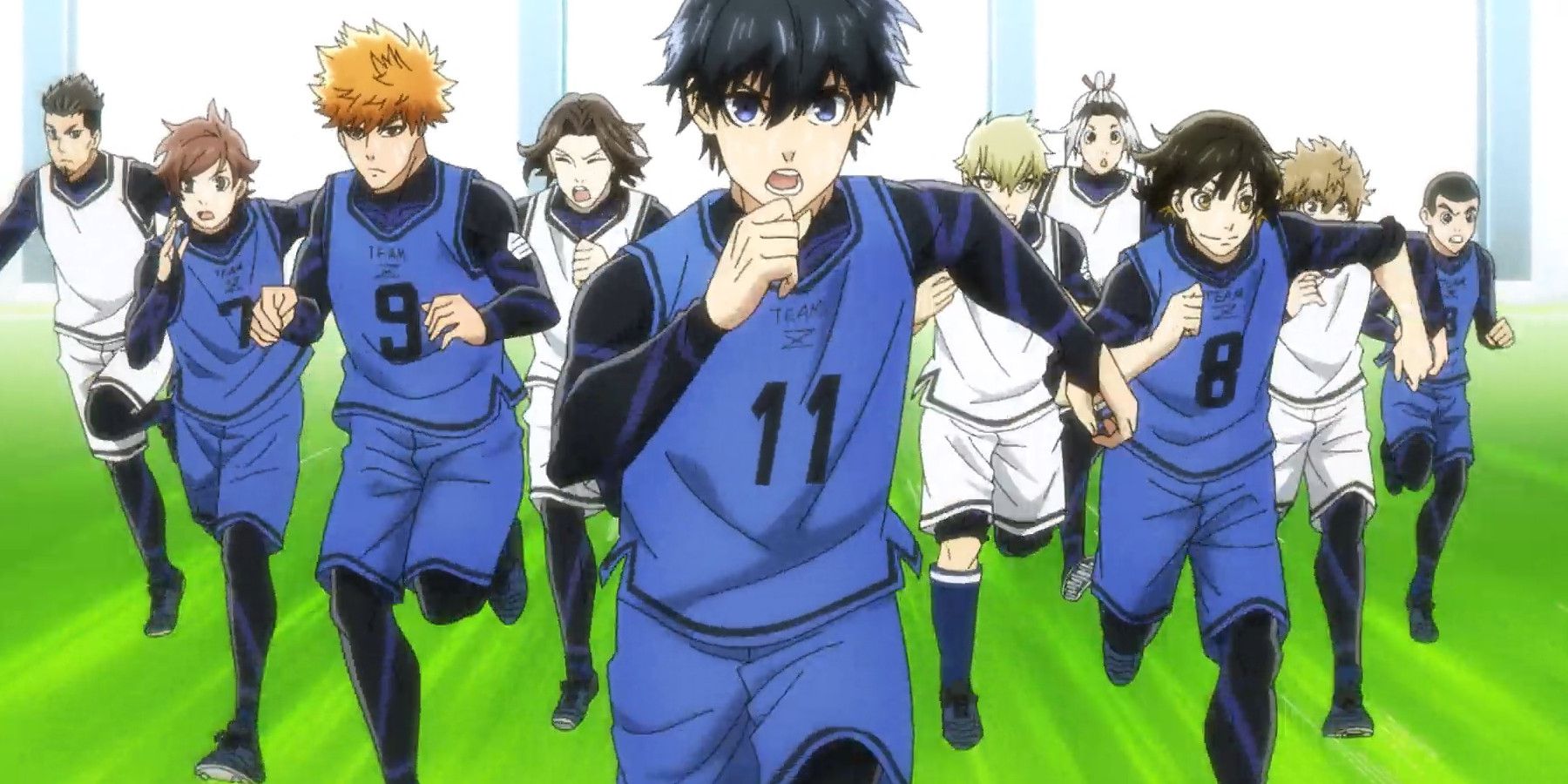
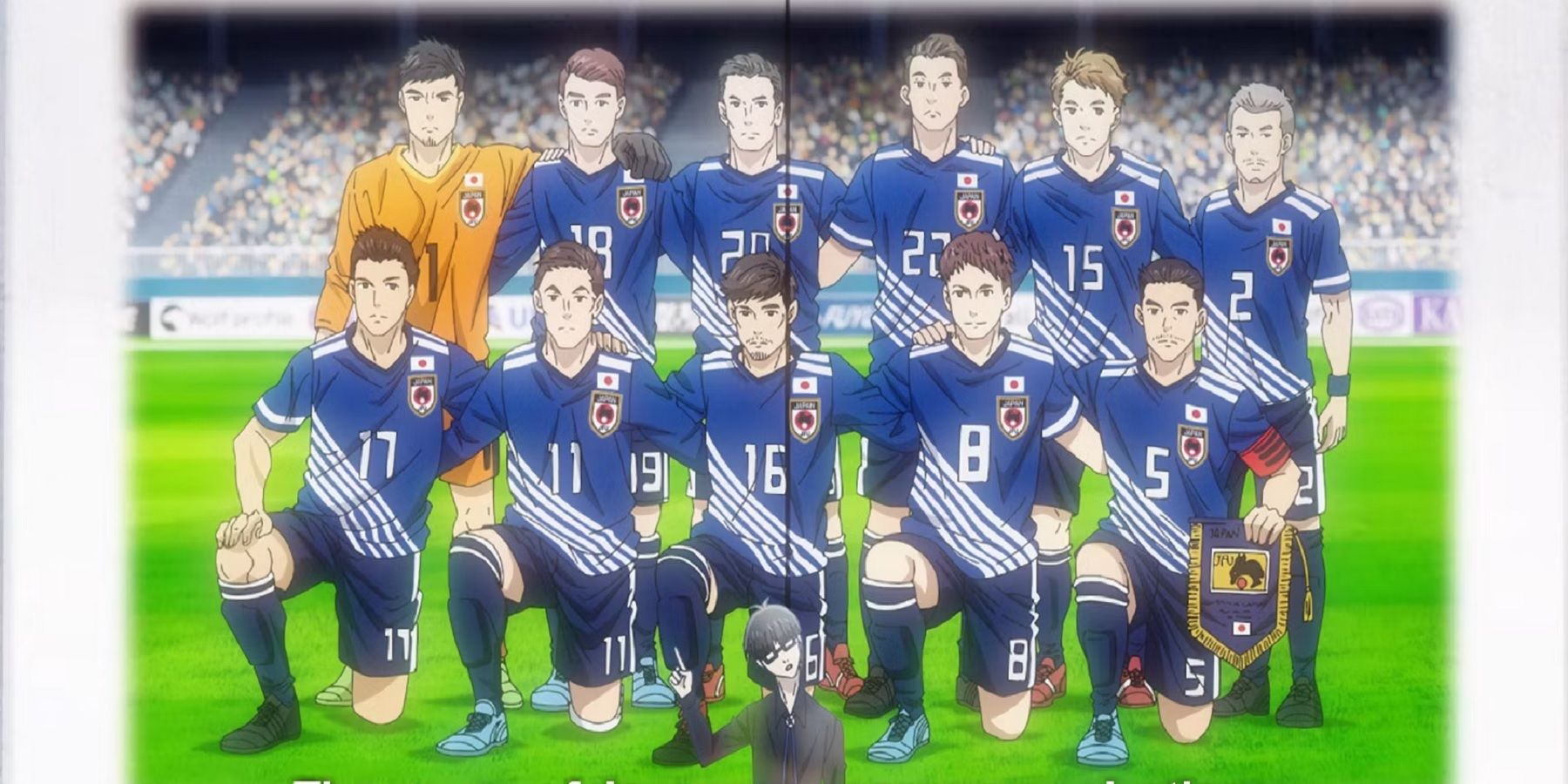
.jpg)
